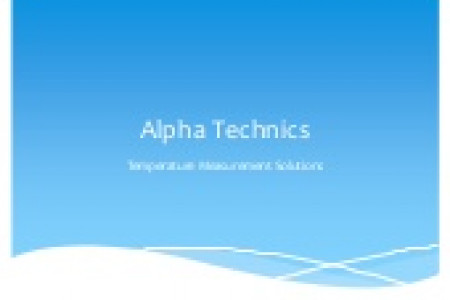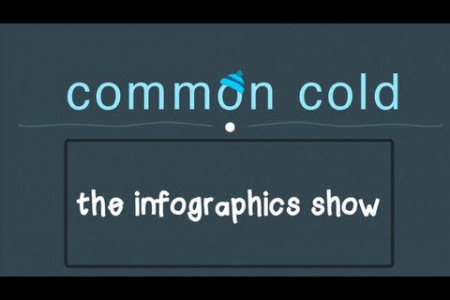
The Science Behind Traffic Jams
SCIENCE BEHIND TRAFFIC JAMS Traffic can be infuriating, especially when there's no obvious cause. However, mathematicians have discovered some of the root causes, and one of them may be you. Traffic jams are commonly caused by saturation: the demand for space on the roads is greater than what's available, Other factors, like weather and road work, can also contribute to slow-downs. THE PROBLEM: SATURATION THREE MAIN THEORIES C: Tragedy : of commons Butterfly effect 6 Invisible waves This mathematical theory claims that small disturbances, like a driver changing lanes, can create a sequence of events that slows everyone down. Other theories This theory claims that an O invisible wave of congestion is created when the initial issue forces several rows of 6 cars to stop. Those stopped cars in turn cause others behind them to stop, creating a ripple effect. The jam will not dissipate unless everyone is able to move at O the same pace at once. It's an economic theory that 6: claims most jams are : caused by opportunity cost. : Since a majority of roads : are free to use, people use :them as much as they like, O whenever they like, .which causes build on this claim. .congestion. A CLOSER LOOK Imagine this: On a typical, busy highway, with traffic traveling at 55 mph, a driver makes a sudden turn into another lane. This forces the cars directly behind him to tap on their brakes to let him in, slowing them down to 50 mph. 55 50 Consequently, the drivers behind those going 50 mph are forced to slow down to 45 more in order to keep a safe distance. 45 Drivers further back see all of the brake lights coming on and press their own brakes. Eventually, cars several rows back are forced to a crawl. 40 The slowdown, called the "backward traveling wave," continues backward through traffic, even though the lane change may have happened several minutes prior. 50% road work traffic incidents weather events COMMON CAUSES recurring heavy traffic 50% COUNTERMEASURES BUS LANES Buses, which stop frequently and sometimes unpredictably, would be allocated their own lanes as to not interfere with free-flowing traffic. giena REVERSIBLE 999:0 LANES 9:000 Certain RAMP SIGNALING Traffic signals alert cars when RIGHT LANE SIGNA 9:00A stretches of a they are allowed to merge with highway traffic, which prevents the highway from becoming saturated too quickly. 8в8: 90aa highway can be 909:0 designated for 9:000 traffic going STOP HERE ON RED 9:000 either direction, 900:0 9:00a typically during 999:0 9:0 rush hour. еееб AMERICA'S TOP 10 MOST CONGESTED ROADS 1 The l-95 Corridor - Interstate 95 from New York City to Washington, D.C. 2 Boston - Westbound Massachusetts Turnpike from Boston to l-84 in Sturbridge 3 Chicago - Borman Expressway I-80/1-94, the Tri-State Tollway WY SD ID CA /NV UT NE CO MO JAZ NM TX OK AR TN LA 4 New York City - Throgs Neck Bridge and Whitestone Bridge San Francisco - Eastbound Interstate 80 to Sacramento and Tahoe 6 Atlanta - Interstate 285 in both directions between I-75 and I-85 Washington, D.c. - Interstate 495 from Merrifield, Va., to Landover, Md. 8 Dallas - Interstate 35 9 Detroit - Northbound US-23 and Northbound I-75 Merge 10 Miami - The Palmetto Expressway near Miami International Airport Sources: http://en.wikipedia.org | http://www.sciencedaily.com | http://www.newscientist.com http://www.amasci.com Information provided by: http://www.carinsurance.org Carlnsurance THE oicicicic
The Science Behind Traffic Jams
Source
Unknown. Add a sourceCategory
TransportationGet a Quote








